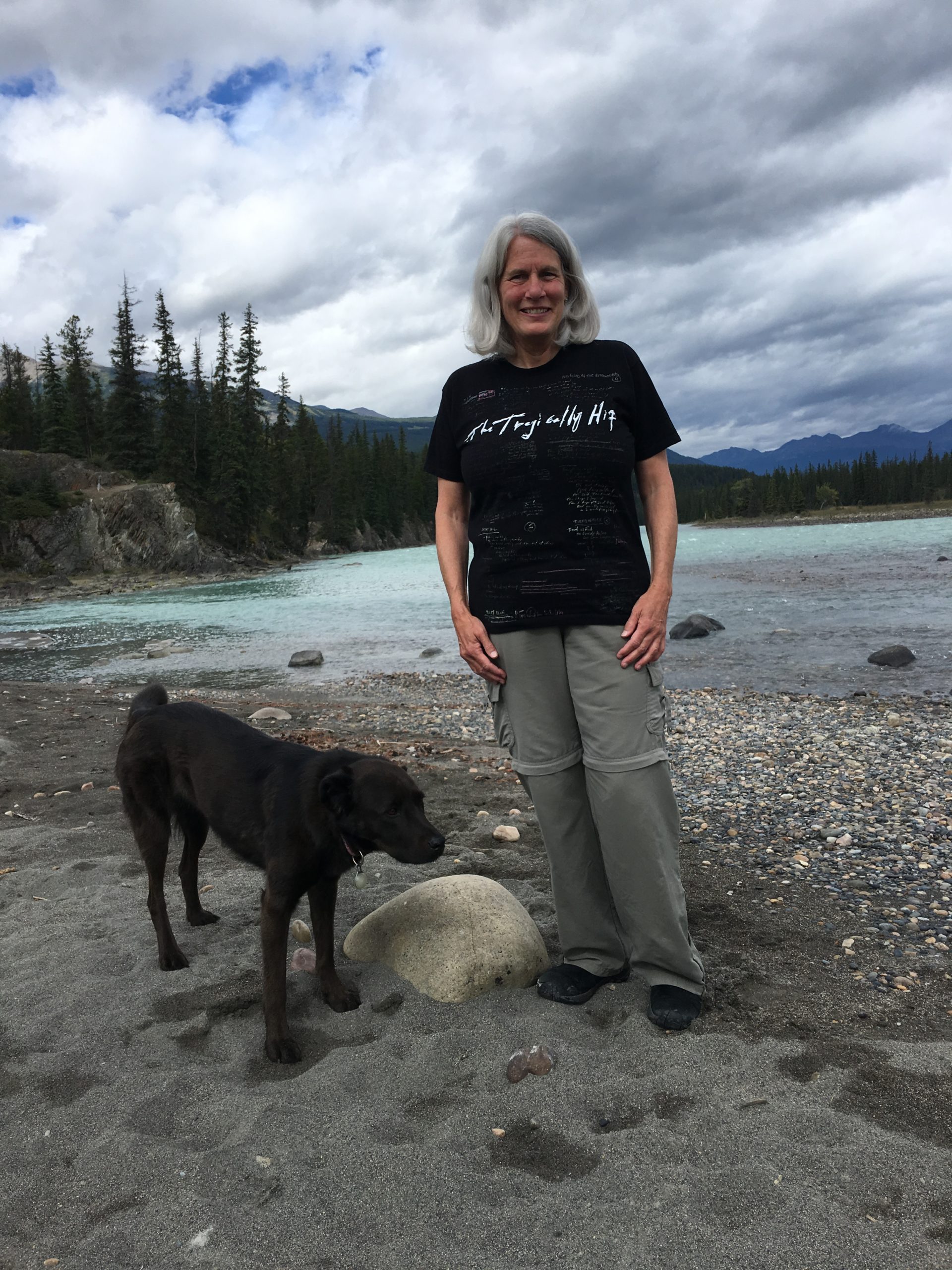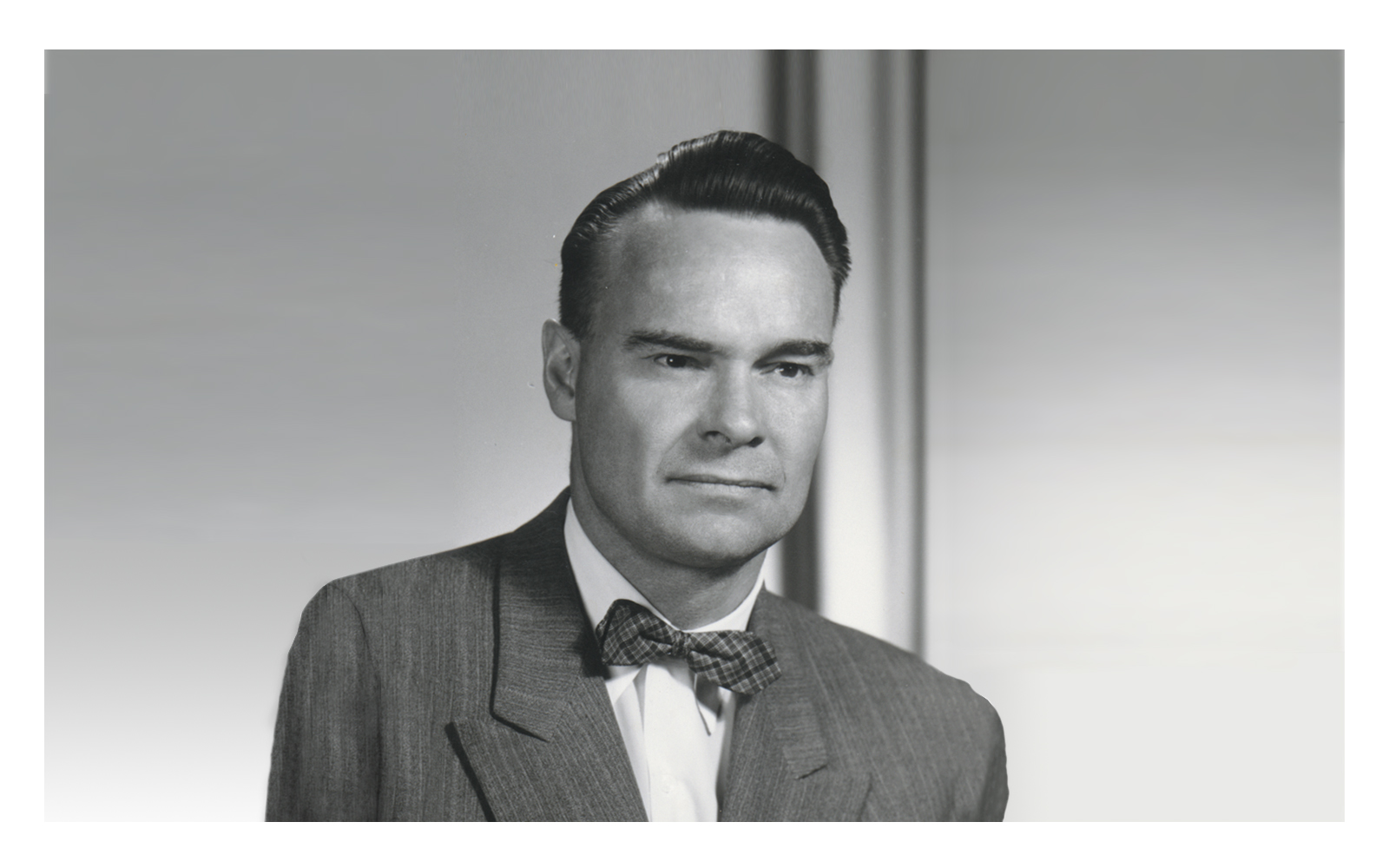Photo courtesy of Kim Sturgess, P.Eng.
Visionary Engineer Sees a Water-Smart Future
Today, she’s the driving force behind WaterSMART Solutions, a visionary Calgary-based firm focused on holistic water management solutions.
In 1984, though, Kim Sturgess, P.Eng., was still pondering her career options. After finishing her engineering physics degree in 1977, she had returned to school to complete an MBA. With graduation nearing, she had a big choice to make.
Should she return to her job as a reservoir engineer with a major oil company? Take a new job with an international consulting firm? Maybe branch out on her own?
With a long-term goal of becoming an entrepreneur in mind, Sturgess accepted the consulting job, cutting her teeth on technology, energy, and transportation projects. From there, she went on to lead several tech start-ups, including one that developed digital bearings that could “float” in a magnetic field.
When the last company was sold in 2004, Sturgess was once again at a crossroads. Like she had done 20 years earlier, she decided to follow her passion.
The Government of Alberta had just released its Water for Life strategy, following one of the worst droughts on record. One objective was “water for a sustainable economy.”
Sturgess saw a business opportunity—and even more important, a chance to use her skills to make a difference.
“I consider myself a water person. For the last 29 years, my family has tented every summer on the shores of the mighty Athabasca River in Jasper. That’s where I feel most at home and most comfortable—sitting on the banks of a river,” says Sturgess. “My fascination with water led me to look for ways to contribute and help find solutions to the challenges the province was facing.”
Utilizing her engineering smarts and entrepreneurial acumen, she founded WaterSMART, a company whose mission is to improve water resource management through better practices and technologies.
From the start, the organization focused on a collaborative and holistic approach.
“It’s not just about designing a dam to hold back water or a system to take away storm water. We need to consider the implications both upstream and downstream—all of the factors that are impacting the watershed, and how all users of that finite resource can work together to make it more resilient,” Sturgess explains.
Clients have included government, regulatory agencies, irrigation districts, land developers, agri-food and resource industries, risk management firms, and other stakeholders interested in building healthy watersheds.
In recent years, WaterSMART has completed sustainable water management plans for the South Saskatchewan River and Athabasca River basins, and a flood mitigation and watershed management plan for the Bow River basin.
Just six weeks after the devastating southern Alberta floods in 2013, the organization released a comprehensive report outlining dozens of recommendations to manage, mitigate, and control future floods.
“That was something we were very proud of: to react quickly and use science and collaborative working groups to assess various solutions,” says Sturgess.
The report noted that new dams and diversions were not the only answers to flood prevention, pointing out that natural, low-impact, and low-cost solutions could also reduce erosion, stabilize shorelines, and enhance habitat.
Strategies like these are becoming increasingly important, she says, as concerns increase over water quality and the extremes of droughts and floods, and costs, balloon to build and maintain water infrastructure.
“A shift is necessary,” says Sturgess. “Engineering isn’t just about the technical solutions anymore. It has to be about holistic solutions. We need to start looking at things differently and take that into account in our designs.”
She’s confident that Alberta’s engineering and geoscience professionals of today—and tomorrow—are up to the challenge.
“I’m seeing that shift happening already, this move towards collaborative problem solving. That’s a big part of engineering education now, working in multi-disciplinary teams,” she says. “It’s an amazing shift and one that’s very positive for the future.”
2015 ASTech Award Winner for Community Contribution Kim Sturgess, P.Eng.
Sturgess founded the not-for-profit Alberta WaterPortal Society, which provides education on key water issues in Alberta and around the world. Among her many honours, she was named to the Order of Canada in 2018 for her contributions to water stewardship and the advancement of women in engineering.

Photo courtesy of Kim Sturgess, P.Eng
Kim Sturgess, P.Eng., and her dog Bow (named for the river) enjoy another waterway — the Athabasca River in Jasper National Park. In addition to her entrepreneurial endeavors, Sturgess has served on numerous technical advisory boards and professional organizations, including as an APEGA Councillor from 2005-2008 and as President of the Canadian Academy of Engineering.

Photo courtesy of Kim Sturgess, P.Eng.


